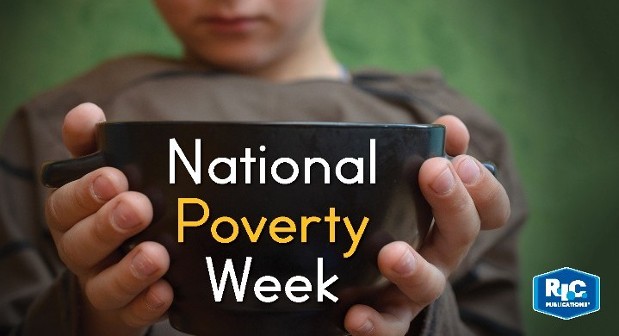- Friday 05 October 2018
- 0 Comments
It’s hard for children to conceptualise the amount of people affected by poverty in Australia, let alone the world. The following simple activity is a great way to help your students visualise the amount of people affected by poverty. This would be perfect for Anti-Poverty Week, so students may then be spurred on to act on finding a solution or raising awareness of this world problem.
World Poverty visualisation activity
(adapted from: A Better World for All – Student Activities by Margaret Calder and Roger Smith, Commonwealth of Australia, 1993)
- Based on a class size of 30 students, explain to students that each of them represents 3.3% of the world’s population of over 7 billion people.
- Ask 11 people to step forward. They represent the 2.6 billion people who do not have adequate sanitation.
- Ask 6 people of the 11 to take another step forward. They represent the 1.4 billion who are living in extreme poverty.
- Ask 4 of the 6 people to sit on the floor. They represent 980 million people who do not have adequate shelter. The same amount of people also experience hunger everyday and do not have access to clean water.
- Ask one student of the 4 to lie down. They represent the 224 million child labourers.
- Ask 3 students from the original line (there should be 18 students there) to put their hands on their heads. They represent the 700 million people in the world that hold the greatest wealth. The remaining students in the line (15 students) represent the modest income earners. They have just enough to clothe and feed and house themselves.
- Display a bag with 30 lollies in it. This represents the wealth of the world. Give 25 lollies to the 3 students that represent the wealthiest people. Give 5 lollies to the rest of the students to share.
Discussion
Students should have many thoughts and feelings about what they see. Ask open ended questions to encourage critical thinking and engage in thought provoking conversations. This can lead to many areas of the curriculum including Geography, Civics and Citizenship, Economics, Mathematics and literacy.
- How do you feel about having to share the 5 lollies?
- How does it feel that 3 people have 25 lollies to share?
- How might poverty be the cause of other problems in the world?
- Is it fair to say that because Australia is considered a rich country on average, that every person is rich?
- Do you think the richest people belong to many countries or only a few countries?
- What would it feel like to live on $1.25 a day? How would you survive in extreme poverty?
- How would you begin to solve the problem of poverty?
- What could you do to help children in need?
